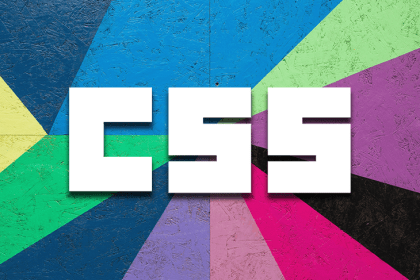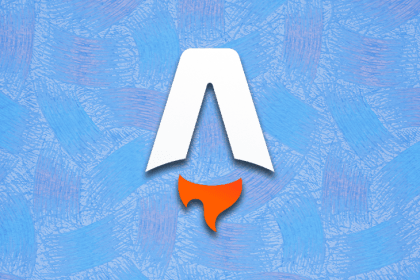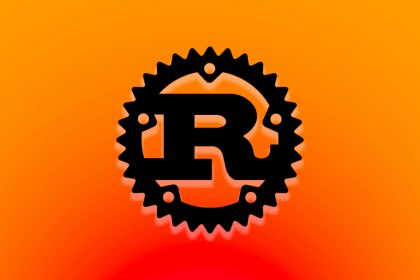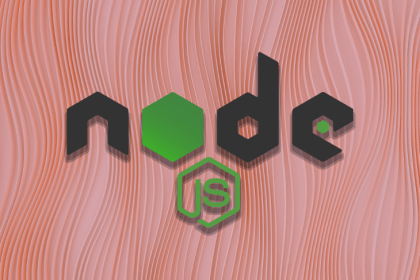
Implement video playback using the most popular playback frameworks in React to quickly and efficiently deliver video content to your users.

Testing and mocking are essential practices in software development that help ensure code reliability, stability, and correctness. The Go programming […]

We review some of the most popular Next.js website starter templates, offering a range of features and customization options.

Rendering large datasets can be complex, but choosing the right library can really improve your experience. Learn about three options here.

We explore 15 of the best free CSS shape generators, including triangles, polygons, waves, blobs, speech bubbles, patterns, and more.

In this post, we will learn about Vue Select, its features, how it works, and how to integrate it into a Vue.js application.

The Astro Content Collections API is both simple and powerful. Let’s explore its features and benefits by building a simple, minimal blog.

We discuss how mocking differs from general unit testing, demonstrate mocking in Rust, and evaluate the Mockall library and its alternatives.

Explore Snorlax, an open source file management system, and walk through building a React application that connects to a Snorlax server.

Join us on this journey to unlock the full potential of React Hooks and discover the art of building reusable UI components.

We sit down with Scott Burgett, VP, Software Engineering, at CoverMyMeds, to talk leadership, recruiting, and retention.

We build a serverless project, demonstrate how to write AWS Lambda middleware using Middy.js, and then deploy the app.